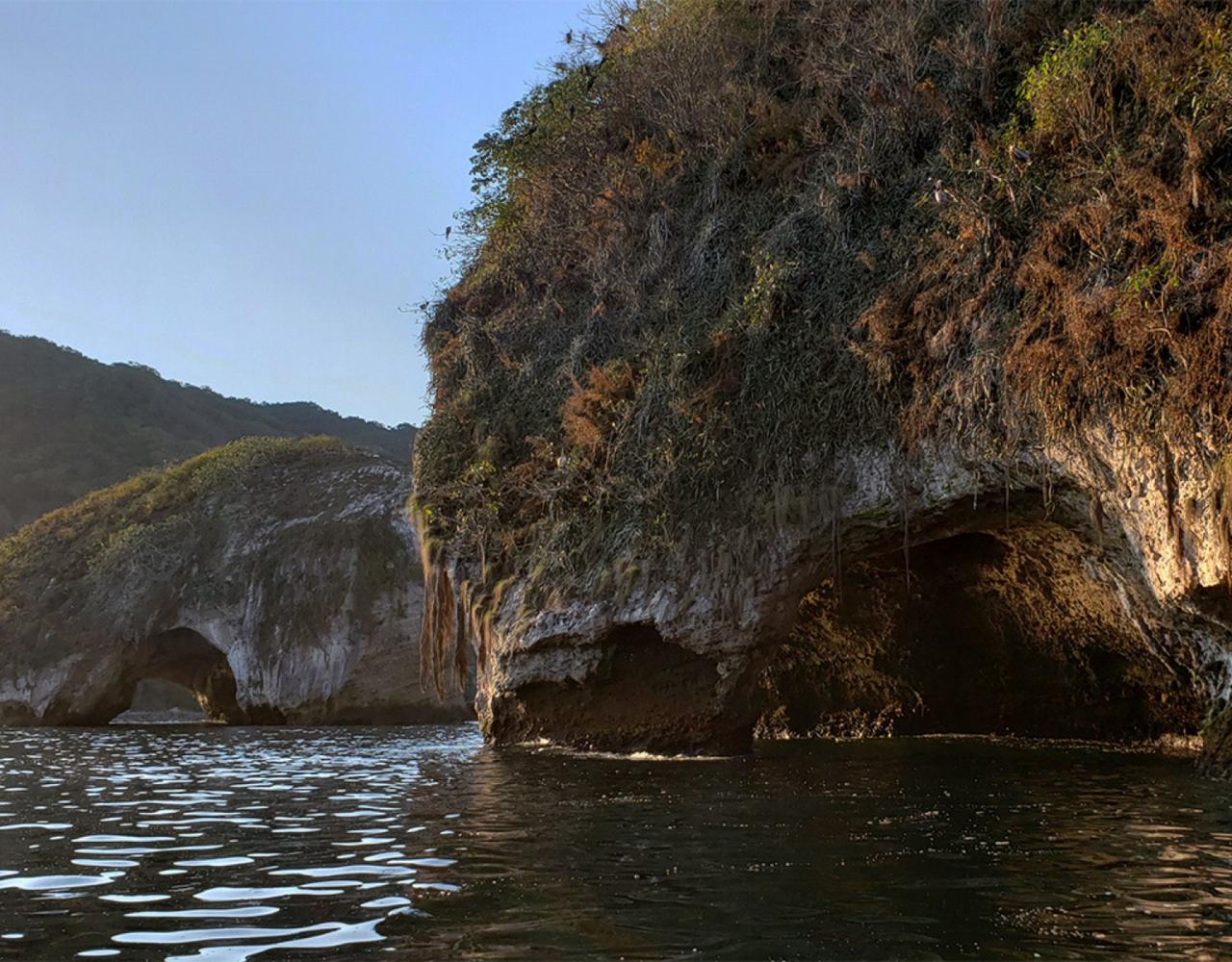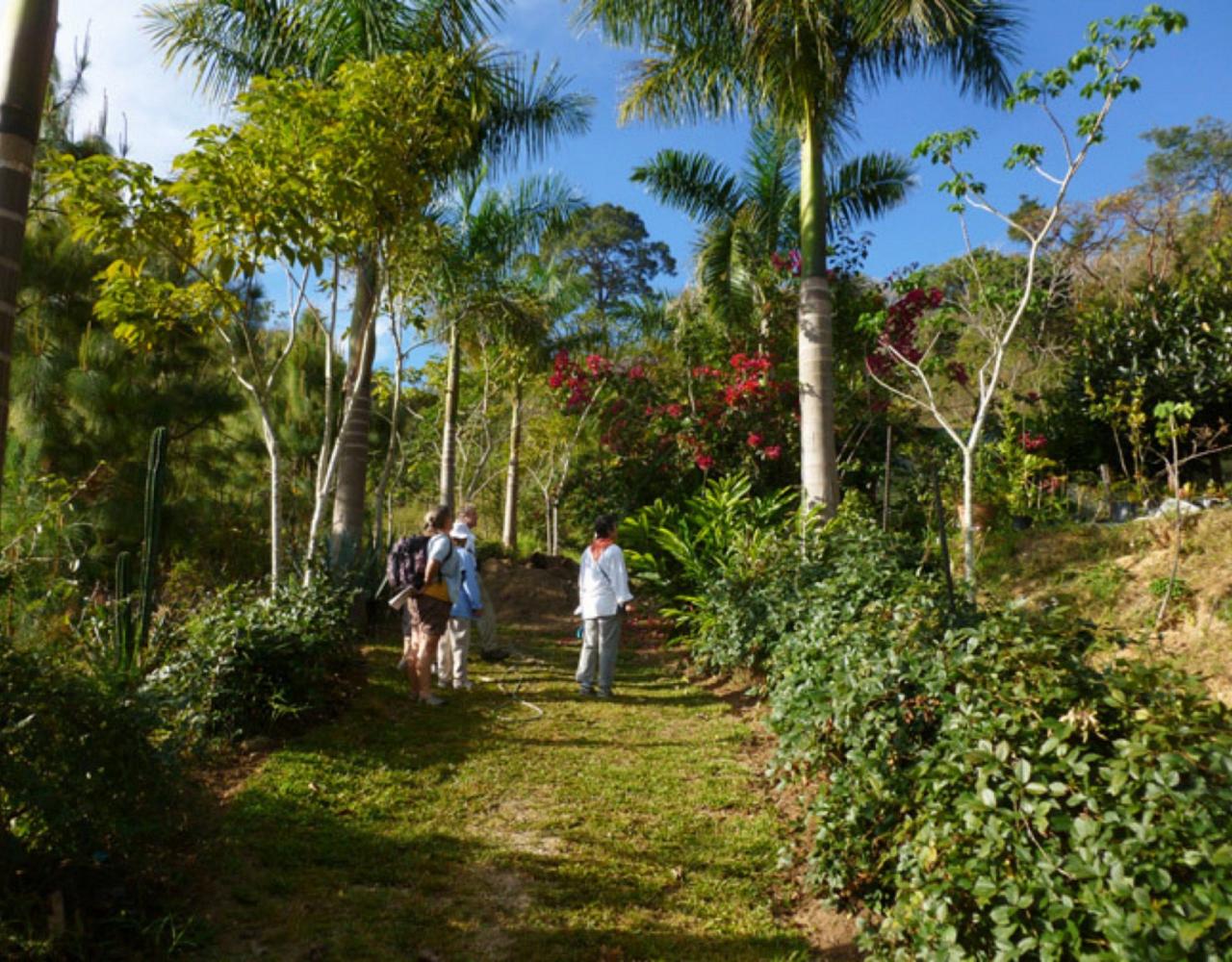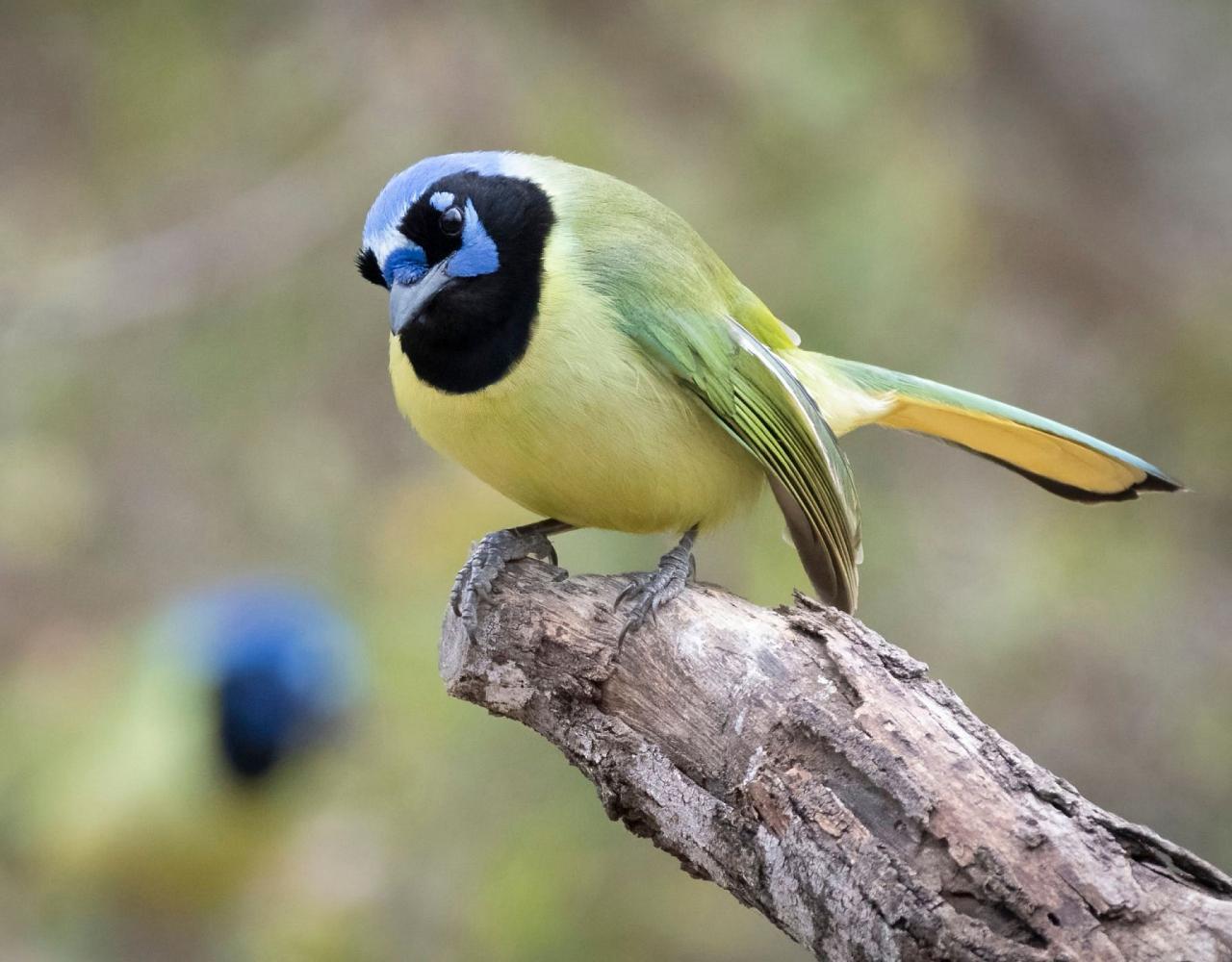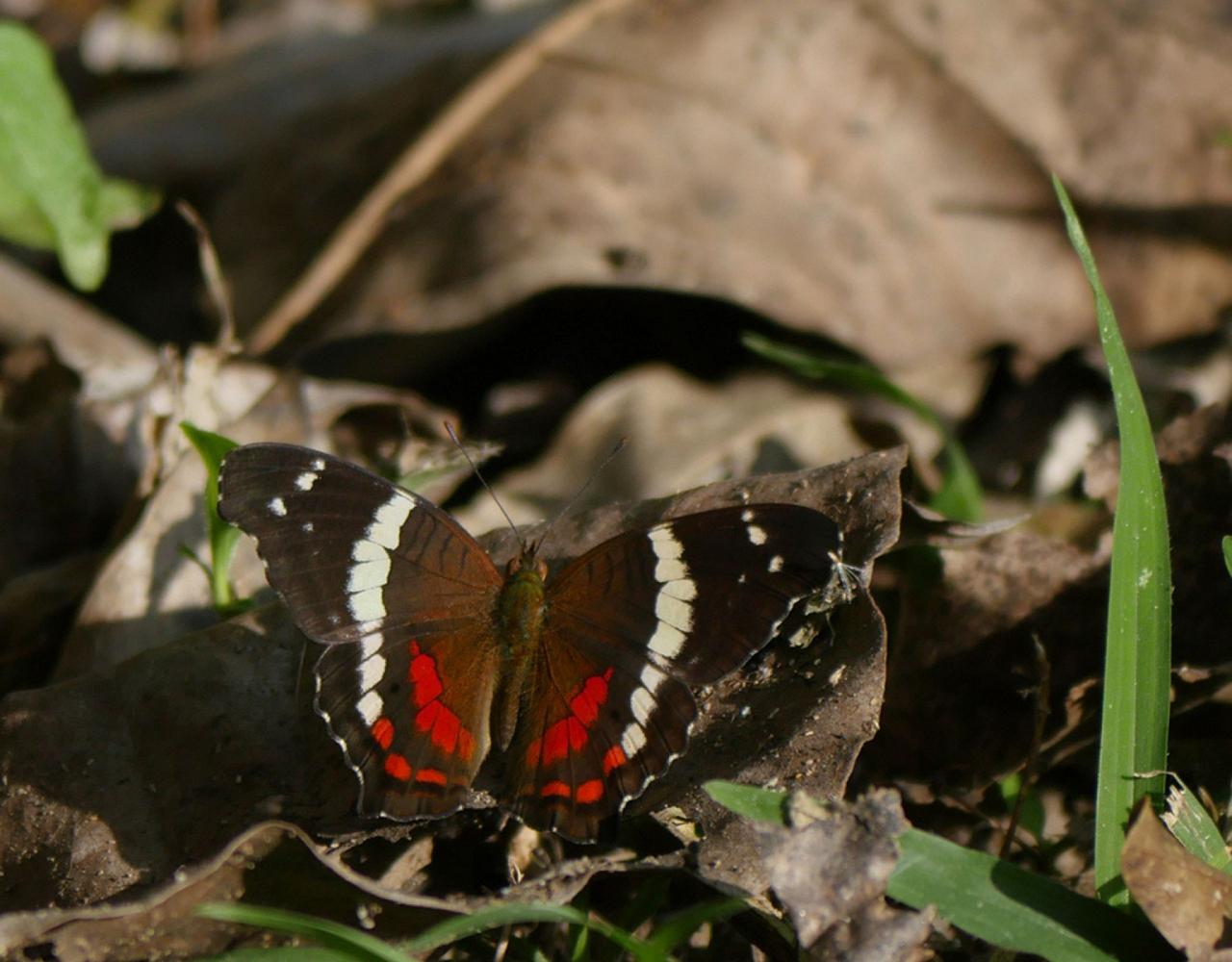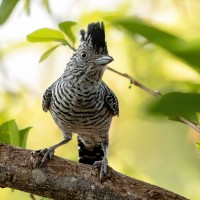- Overview
- Full Itinerary
- Photo Gallery
- Costing
- Travel Details
- Trip Reports
- Guide
- Know Before You Go
- Other Trips You May Like
Relax this spring on a private ranch in western Mexico, with West Mexican Chachalacas as your alarm clock and Black-throated Magpie-Jays over coffee. Spend six nights in the same location as you explore the endemic-rich habitats of Cabo Corrientes, just 90 minutes south of Puerto Vallarta and just outside the 16th-Century pueblo of El Tuito. The 200-acre Rancho Primavera lies just under 2000 feet in elevation—between the thorn forest and the pine forest—at the southern end of the Sierra Madre Occidental. Situated at this habitat transition zone, the ranch boasts an bird list of more than 300 species, making it the #1 birding spot in the state of Jalisco and among the top 10 hotspots in all of Mexico.
In January of 2024, Naturalist Journeys’ guide Steve Shunk moved to Rancho Primavera with his partner, Mexican birding guide and biologist Lizzy Martinez. Now, Steve and Lizzy invite you for an escape to this lovely private guest ranch in the foothills of the Sierra Madre. They walk with you around the trails of the property, through meadows and forest, to productive ponds, and along the Tuito River. A morning visit to the ranch feeders is simply incredible. Just a few of the regular visitors include: Black-throated Magpie-Jay, Yellow Grosbeak, Blue Mockingbird, Cinnamon-bellied Saltator, Cinnamon Hummingbird, White-throated Thrush, Streak-backed Oriole, Yellow-winged Cacique, and Golden-cheeked Woodpecker.
Away from the feeders, we search for more Pacific-Slope endemics, like Orange-fronted Parakeet, Russet-crowned Motmot, Gray-crowned Woodpecker, Happy Wren, Golden Vireo, and West Mexican Euphonia. Regular raptors on the property include Great and Common Black Hawks, Gray Hawk, Short-tailed Hawk, and Zone-tailed Hawk. Water birds at the ponds might include Bare-throated Tiger-Heron, Least Grebe, and three kingfisher species. But our week in the region goes well beyond the ranch.
We spend one morning at the world-class Vallarta Botanical Gardens, with San Blas and Green Jays at the feeders. Take a morning boat ride to Los Arcos Marine Reserve to look for Blue-footed Boobies and Humpback Whales. Explore into the thorn forest of the Costalegre, where we look for Orange-breasted Bunting and Flammulated Flycatcher. The pine forest at the highest elevations can bring Flame-colored Tanager, and White-striped Woodcreeper. The Cabo Corrientes experience—with Rancho Primavera as your base—is sure to put this trip high on your list of favorite vacations.
Tour Highlights
- Unpack and relax—spend six nights at the ranch, giving you ample time to settle in
- Soak in beautiful weather with sunny days in the 70s and cool nights in the 50s
- Enjoy many chances to see dozens of Pacific-Slope/West Mexican endemic birds
- Take easy walks on roads and trails, with plenty of chances for leisure time
- Explore with seasoned, English-speaking guides who live on the ranch property
- Experience impressive habitat diversity from the Pacific Ocean to the Sierra Madrean pine forest.
- Indulge in delicious, authentic Mexican food, like birria, pozole, jocoque cheese, hand-made tortillas, and delicious salsas, as well as the freshest Pacific seafood—it’s a vacation after all!
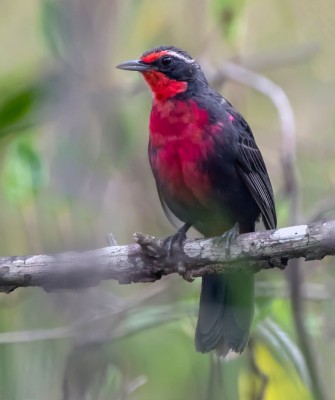
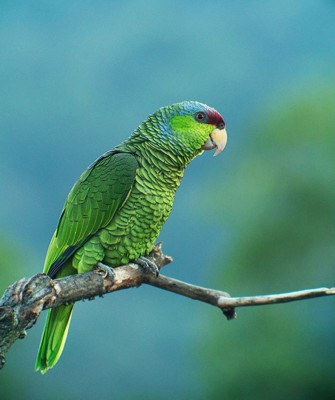
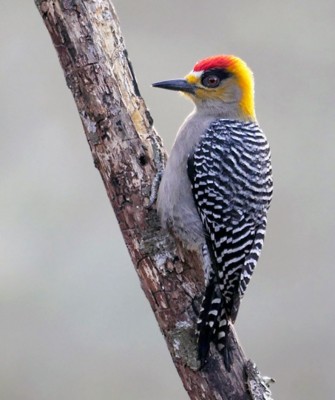
Trip Itinerary
Itineraries are guidelines; variations in itinerary may occur to account for weather, road conditions, closures, etc. and to maximize your experience.
Tues., Apr. 14 Arrival in Puerto Vallarta | Rancho Primavera
Please plan to arrive in Puerto Vallarta today. We gather the group and drive 90 minutes—past the busy cruise ships, hotels, and resorts—to the small pueblo of El Tuito and our base at Rancho Primavera. Check in and enjoy some leisure time before sunset, followed by dinner in El Tuito, just 10 minutes away.
Accommodations at Rancho Primavera (D)
Wed., Apr. 15 Birding Rancho Primavera
Enjoy a thorough and very relaxing introduction to the ranch, from the feeders at the main house to the ponds at Santa Monica. Breakfast is early today at the porch of the main house while we watch the morning feeding. Expect a frenzy of special birds, including the resident (rehabilitated and released) Military Macaws, plus our first West Mexican endemics, like Blue Mockingbird, Streak-backed Oriole, and Golden-cheeked Woodpecker. Common hummingbirds at the feeders typically include Cinnamon, Broad-billed, and Plain-capped Starthroat.
After breakfast, we walk various trails in search of Ferruginous Pygmy-Owl, Elegant Trogon, Ivory-billed Woodcreeper, Golden Vireo, and an amazing diversity of flycatchers, including Social Flycatcher, Northern Beardless Tyrannulet, Greenish Elaenia, and Bright-rumped Attila. After lunch in Tuito, we head back to the ranch for a break before afternoon and evening birding on the ranch trails. We stay alert for mixed flocks of migrant songbirds, including Wilson’s, Nashville, and Black-throated Gray Warblers; Warbling and Plumbeous Vireos; Western and Dusky Flycatchers; and Western and Summer Tanagers. Dinner tonight is in Tuito.
Accommodations at Rancho Primavera (B,L,D)
Thurs., Apr. 16 Vallarta Botanical Gardens
After breakfast at the main ranch house, we drive 30 minutes to the renowned Vallarta Botanical Gardens. The gardens are a fantastic place to enjoy birds, besides the beautiful collection of orchids, succulents, and other amazing flora. Here, we see some of the familiar species from the ranch, such as Masked Tityra, Orange-fronted Parakeet, and Cinnamon-bellied Saltator. Green and San Blas Jays are typically joined at the platform feeder by Yellow Grosbeak, Yellow-winged Cacique, Golden-cheeked Woodpecker, and the goofy West Mexican Chachalacas. We also watch for a variety of hummingbirds around the gardens, with reasonable possibilities for Sparkling-tailed Hummingbird and Golden-crowned Emerald.
After lunch at the on-site restaurant, we return to the ranch for our daily break, followed by more birding around the ranch pastures and trails. A walk to the banks of the Tuito River could produce Spotted Sandpiper, Louisiana Waterthrush, Green Kingfisher, and Bare-throated Tiger-Heron.. We enjoy dinner once again in downtown Tuito.
Accommodations at Rancho Primavera (B,L,D)
Fri., Apr. 17 Mayto & the Costalegre
We have an early breakfast this morning before we depart for the southern coast of Cabo Corrientes and the northern edge of the Costalegre, a long stretch of beaches and headlands that reaches south to the state of Colima. We cross through transitional habitats and down into the coastal thorn forest in search of a new suite of birds that specialize in this region. Just a few of these include Citreoline Trogon, Flammulated Flycatcher, Red-breasted Chat, White bellied Wren, and the candy-colored Orange-breasted Bunting.
For lunch, we visit the beach-side restaurant at Mayto, offering exquisite seafood plates like aguachile, ceviche, and pescado a la plancha. We return to the ranch in the afternoon for a short break, followed an early dinner in Tuito and some evening birding at the ranch ponds and a search for night birds like Mottled Owl, Common Pauraque, and Northern Potoo.
Accommodations at Rancho Primavera (B,L,D)
Sat., Apr. 18 Los Arcos & Yelapa
After a light early breakfast, we head north toward Puerto Vallarta and down the Horcones River canyon. From the seaside pueblito of Boca de Tomatlan, we depart on a boat trip up and down the coast. Our main destination is another coastal pueblito called Yelapa that is reachable primarily by sea. But first, we head up the coast to the Los Arcos Marine Reserve.
Los Arcos is a collection of offshore rocks—some with arches—that host many waterbirds. From the boat, we look for Blue Footed Booby, Magnificent Frigatebird, Brown Pelican, and more. Once we have cruised around the rocks, we head south and a bit farther from shore to look for marine mammals. This region serves as calving grounds for Humpback Whales, and we frequently see mothers with their small offspring. We could also see any of several different dolphins, and possibly manta rays and sea turtles.
On the northern edge of Cabo Corrientes, we enter Yelapa Bay and disembark at the Yelapa dock. We spend the rest of the morning birding the beach and lagoon here, which collectively mark the mouth of the Tuito River. Birds here might include Royal Tern, Heerman’s Gull, White Ibis, Little Blue Heron, and any of several shorebirds. With luck, we see the resident pair of Bat Falcons or a soaring Black Hawk-Eagle. We enjoy a seaside brunch in Yelapa, followed by more birding along the river, where we could see flocks of Orange-fronted Parakeet and pairs of Military Macaws.
We return to Boca de Tomatlan and make the 45-minute drive back to the ranch for some afternoon birding and dinner in Tuito.
Accommodations at Rancho Primavera (B,L,D)
Sun., Apr. 19 Provincia Road & Yelapa-Tapa
On our last full day, we have breakfast at the ranch, followed by a short drive to the Provincia Road. Provincia gives us an introduction to the montane pine-oak habitats of Cabo Corrientes and a chance to see several new bird species. Just a few of the possibilities include Grace’s Warbler, Painted Redstart, Acorn and Arizona Woodpeckers, and Hepatic and Flame-colored Tanagers.
We head back to Tuito for lunch, followed by our final afternoon of birding at Rancho Primavera and a celebratory dinner.
Accommodations at Rancho Primavera (B,L,D)
Mon., Apr. 20 Morning at the Ranch & Departures
We spend a last leisurely morning at the ranch, birding the feeders and trails before heading off to the airport. In addition to the species mentioned above, we look for several other local specialty birds, including Rosy Thrush-Tanager, Nutting’s Flycatcher, Berylline Hummingbird, Pale-billed Woodpecker, and Orange-billed Nightengale-Thrush. We ensure that you have plenty of time to freshen up for traveling. (B)
Cost of the Journey
Cost of the journey is per person, based on occupancy: $3890 DBL / $4290 SGL. The tour price includes airport transfers; transportation in small passenger vans throughout the trip; 6 nights of accommodations; all meals and non-alcoholic beverages from dinner on Day One through breakfast on Day 7; professional guide services; boat tour and other entry fees; and miscellaneous program expenses.
NEW! all tips other than your NJ guide (optional) and local guide are included (this includes tips for your driver, lodge and staff, day activities, meals and other services).
Cost of the journey does not include airfare from your home to Puerto Vallarta or items of a personal nature such as laundry or beverages from the bar.
Travel Details
Please plan to make air travel plans only after the minimum group size has been met. We will send you a confirmation email as soon as the trip has been confirmed.
Arrival and Departure Airport: Licenciado Gustavo Diaz Ordaz International (PVR) in Puerto Vallarta
Arrival Details: Plan flights to arrive April 14, 2026, no later than 3:00 PM
Departure Details: Plan flights to depart April 20, 2026, after 3:00 PM
Travel Tip: If you arrive early to rest up from your travels, Puerto Vallarta has many hotels to choose from. One we recommend is the Casa Ritual, located very close to the airport. It's a boutique hotel with a restaurant on site. Another nearby hotel we recommend is the Holiday Inn Puerto Vallarta. You can take a taxi from the airport to either of these hotels. Known for beautiful beaches and many good restaurants, Puerto Vallarta is a great place to enjoy a few days before or after the tour.
Entry Requirements: See "Essential Information" section under the "Know Before You Go" tab.
Browse below for trip reports and species lists from past versions of this and other tours from this destination.
Mexico
Alamos
- November 2017
- December 2023
Butterflies & Birds
- February 2020
- February 2022
- February 2023
- February 2024
Oaxaca
- October 2021
- August 2022
- October 2022
- August 2023
- January 2024
- July 2024
- October 2024
- December 2024
- February 2025
- October 2025
Rancho Primavera
- April 2025
Sea of Cortés
- March 2017
- February 2019
- March 2022
- March 2023
Veracruz
- September 2019
- September 2021
- October 2022
Rancho Primavera
- April 2025
-
Steve Shunk

Steve Shunk started birding in the San Francisco Bay Area in 1989, and he moved to central Oregon’s ‘Woodpecker Wonderland’ in 1997, where 11 woodpecker species breed annually. This phenomenon led to a 20-year obsession studying this charismatic family of birds. Steve founded the region’s woodpecker festival in 2008, and his Peterson Reference Guide to Woodpeckers of North America was published in 2016. He has fed leeches (his own blood) in Malaysian Borneo, and he has watched Spotless Starlings swarming around the Greek ruins of Sicily. Steve’s Alaska adventures have taken him from Ketchikan to Barrow and St. Paul Island. One of his favorite destinations takes him to see ‘eastern’ warblers breeding across the boreal forest of Alberta, but recent adventures have led him to favor the cushion plants and condors of the Peruvian high Andes. Steve speaks at bird festivals across North America, and he returns annually to speak and guide at the Vallarta Bird Festival in far-western Jalisco, Mexico. Steve joined Naturalist Journeys earlier this year, and we are excited to have him on the schedule for 2021 and beyond.
Steve’s work as a field biologist has taken him from the Coast Range of Oregon to California’s Sierra Nevada. Most recently, he conducted point-count and woodpecker surveys for a study in the Central Oregon Cascades. Steve co-founded the East Cascades Bird Conservancy (now East Cascades Audubon), and served as its first president. He also co-founded the Oregon Birding Trails Program and coordinated its flagship project, the Oregon Cascades Birding Trail. When Steve is not traveling the world for tours and lectures, he can be found writing, skiing, hiking, and watching woodpeckers at home in lovely Sisters, Oregon.Other trips with Steve Shunk
-
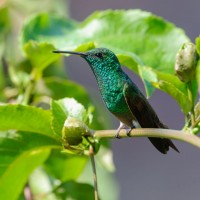 Pacific Mexico & Rancho Primavera FULL - Check out Thanksgiving in Trinidad & Tobago!November 24 - 30, 2025
Pacific Mexico & Rancho Primavera FULL - Check out Thanksgiving in Trinidad & Tobago!November 24 - 30, 2025 -
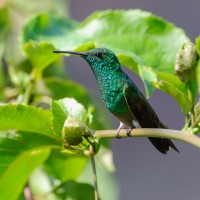 New Year at Rancho Primavera A Pacific Mexico Winter Escape - FULL - see our Belize Christmas tour!December 27, 2025 - January 2, 2026
New Year at Rancho Primavera A Pacific Mexico Winter Escape - FULL - see our Belize Christmas tour!December 27, 2025 - January 2, 2026 -
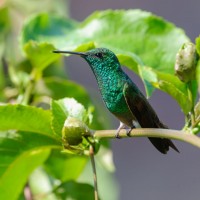 Pacific Mexico & Rancho Primavera: A Winter Escape! With Southeast Arizona Bird Observatory - FULL!January 21 - 28, 2026
Pacific Mexico & Rancho Primavera: A Winter Escape! With Southeast Arizona Bird Observatory - FULL!January 21 - 28, 2026 -
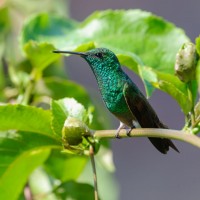 Pacific Mexico & Rancho Primavera Full! See our January or March trip.February 15 - 21, 2026
Pacific Mexico & Rancho Primavera Full! See our January or March trip.February 15 - 21, 2026 -
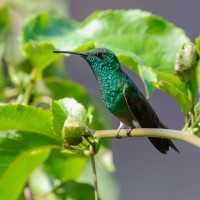 Pacific Mexico & Rancho Primavera A Warm-Weather Escape!March 8 - 14, 2026
Pacific Mexico & Rancho Primavera A Warm-Weather Escape!March 8 - 14, 2026 -
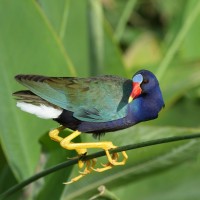 Texas Coast & Big Thicket A Legacy Club Journey for The Nature ConservancyApril 22 - 27, 2026
Texas Coast & Big Thicket A Legacy Club Journey for The Nature ConservancyApril 22 - 27, 2026 -
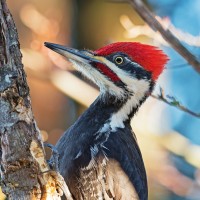 Oregon's Malheur NWR & Woodpecker WonderlandMay 18 - 27, 2026
Oregon's Malheur NWR & Woodpecker WonderlandMay 18 - 27, 2026 -
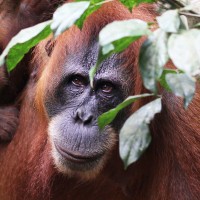 Wild Borneo: Endemic Birding & NatureSeptember 30 - October 14, 2026
Wild Borneo: Endemic Birding & NatureSeptember 30 - October 14, 2026 -
 Pacific Mexico & Rancho Primavera Thanksgiving in Mexico!November 24 - 30, 2026
Pacific Mexico & Rancho Primavera Thanksgiving in Mexico!November 24 - 30, 2026
-
Essential Information +
Pace & Protocols +
Packing List +
Suggested Reading List +
Useful Links +
Photo credits: Banners: Orange-fronted Parakeet (NJ Stock), Puerto Vallarta Scenic (NJ Stock), Black-throated Magpie-jay (NJ Stock), Mexico Scenic (NJ Stock), Northern Beardless Tyrannulet (NJ Stock), Blue-footed Booby (NJ Stock) Thumbnails: Ferruginous Pygmy Owl (NJ Stock), Orange-breasted Bunting (NJ Stock), Green Kingfisher (NJ Stock), Lilac-crowned Parrot (Steve Shunk), Golden-cheeked Woodpecker (Steve Shunk), Rosy Thrush-Tanager (Steve Shunk)


